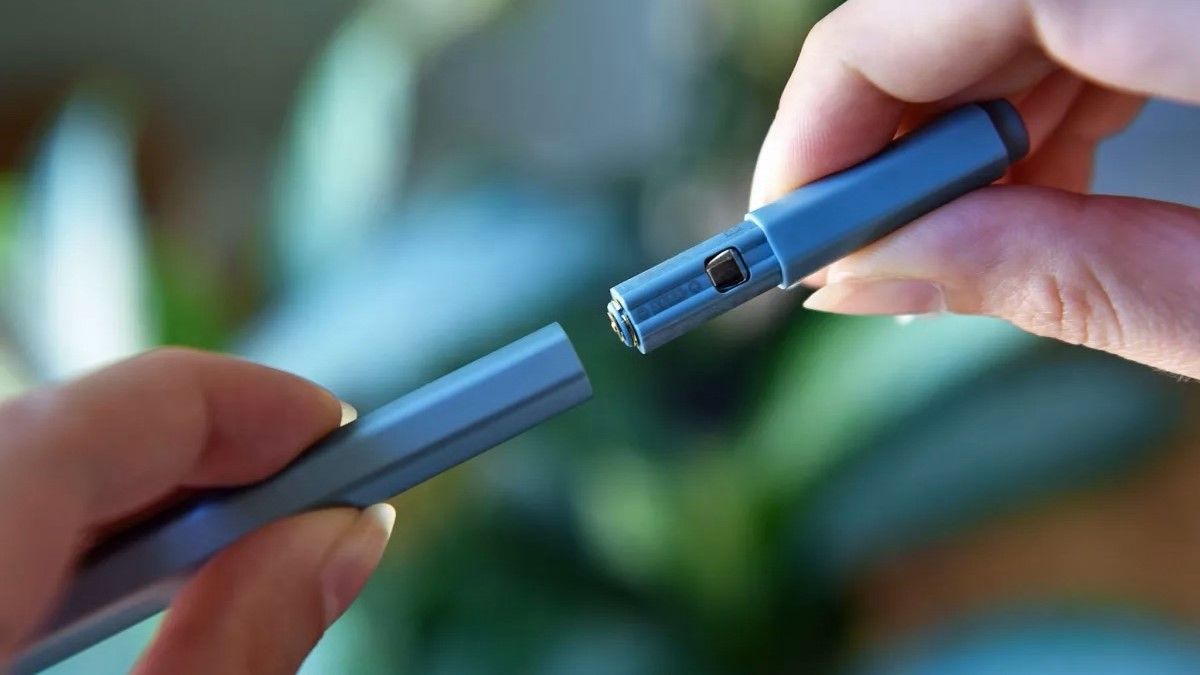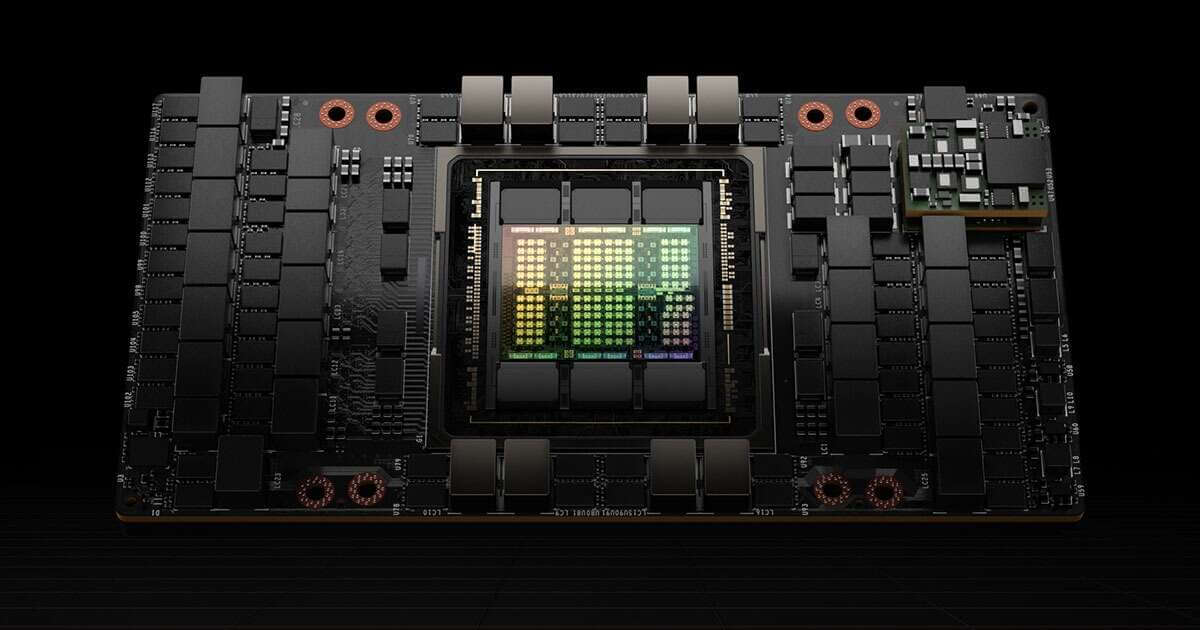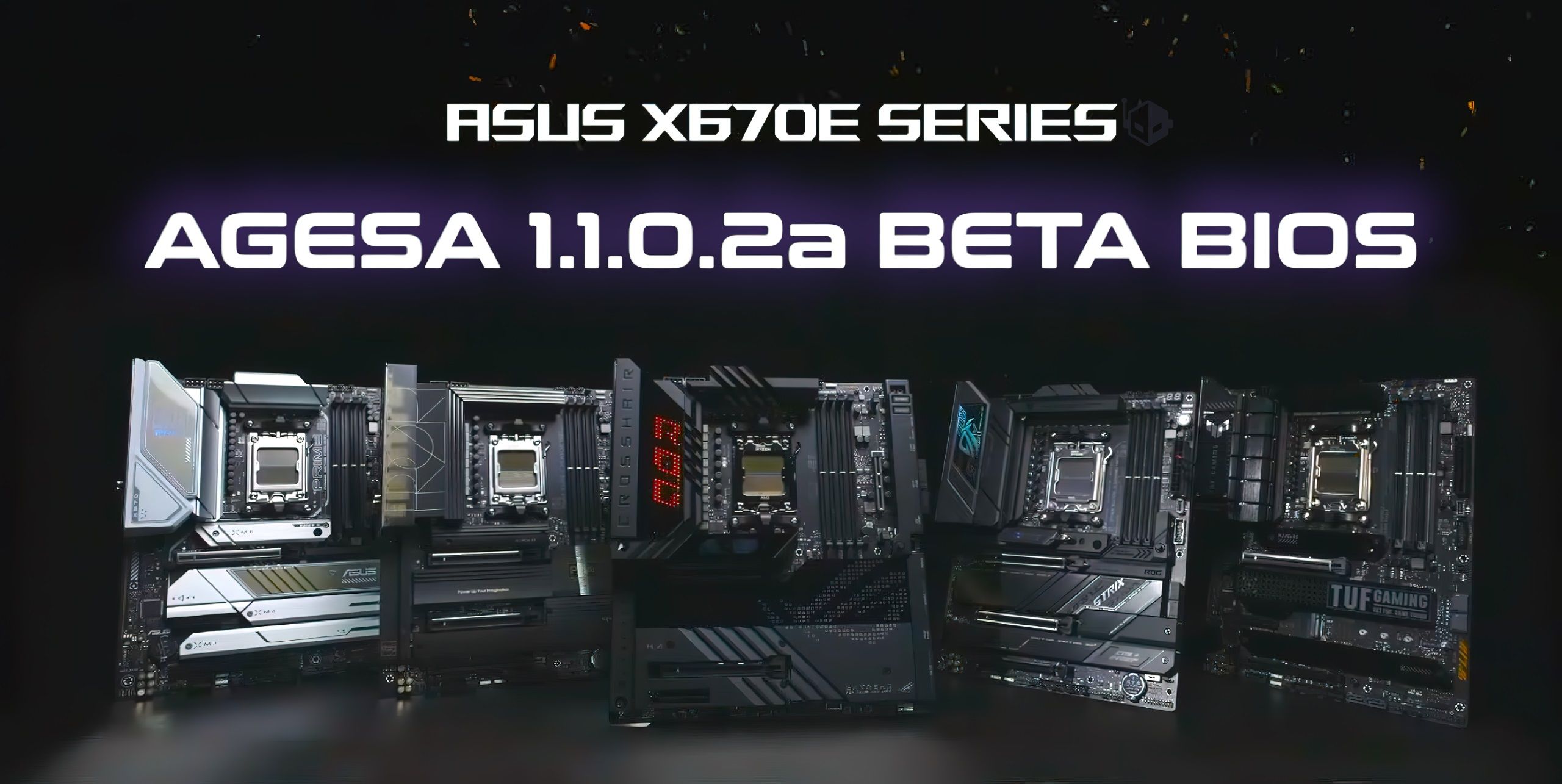- Lithium-metal anode batteries are considered the "holy grail" of portable storage, owing to their huge potential for storing energy, their affordability, and their recyclability when compared to traditional batteries.
- The primary problem has always been their reactivity. Lithium-metal anode batteries essentially are a bit explodey.
- Research has been going on for decades to resolve the practicality issues around lithium-metal anode batteries, and a new breakthrough may be the first step to practical applications.
- A stable lithium-metal anode battery could charge your Windows laptop in mere minutes, and stave off degradation for thousands of cycles, potentially lasting decades.
A new research published this week might be the first step towards practical applications of lithium-metal anode batteries.
Lithium-metal anode batteries have many advantages over modern batteries, but they are reactive to water and air, making them unsafe and impractical for most applications.
New research emerging from Harvard School of Engineering and Applied Sciences (SEAS) in the United States may have solved at least some of the lithium-metal anode issues, pertaining to general reactivity.
Lithium metal anode batteries have 10 times the capacity of commercial graphite anodes and could drastically increase the driving distance of electric vehicles. The research is an important step toward more practical solid-state batteries for industrial and commercial applications.
Lithium metal is wrapped around silicon particles, like a hard chocolate shell around a hazelnut core in a chocolate truffle. By placing micron-sized silicon particles inside the battery's anode, Li and the team at SEAS discovered that it mitigates the so-called "plating" effect, which is what contributes to the lithium-metal anode battery's unstable nature. As a result, their postage stamp-sized solid-state battery prototypes were able to retain 80 per cent of their capacities after over 6,000 cycles.
Li and his team published their research in Nature this past week, although further exploration of the interactivity between the lithium and their novel silicon solution may be needed before full-blown commercialization.
Li and his team published their research in Nature this past week, although further exploration of the interactivity between the lithium and their novel silicon solution may be needed before full-blown commercialization.
Current-gen batteries and energy storage solutions are a huge bottleneck for all types of tech

Microsoft itself is also quite aggressively researching new battery tech. Just this week, Microsoft published details of its own battery breakthroughs, showcasing how its artificial intelligence models discovered new methods for reducing the amount of lithium needed in today's batteries.
Solid-state battery research remains an intense area for expansion, as most of today's technology is effectively bottlenecked by the need to use clunky and awkward battery tech that has barely advanced in decades. Those 2024 AA batteries in your best Xbox controller are barely different from how they were in the 90s. Whether it's electric cars, autonomous robotics, aviation, space exploration, sustainability, renewable energy solutions, or just basic smartphones and laptops and consumer tech — the major bottlenecks are always related to energy.
The first companies to evolve our understanding and quality of energy storage will naturally be set for major windfalls if the tech works, which is why it remains such an intense area of study. It'll be interesting to see where it all goes, as sustainability efforts ramp up across the globe.





Comments ()